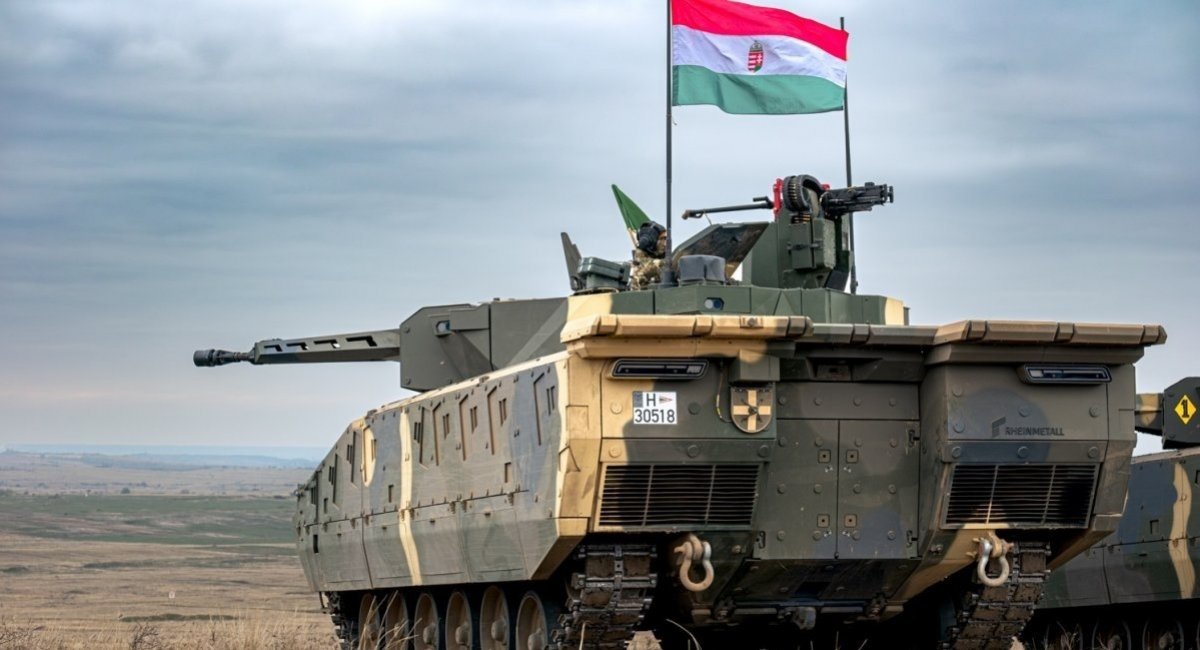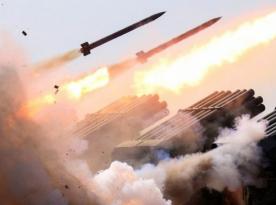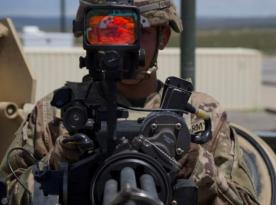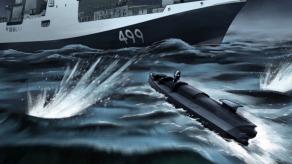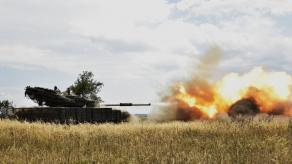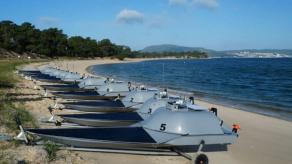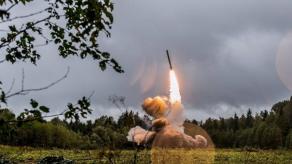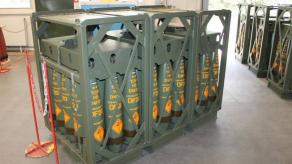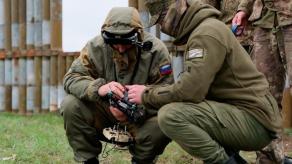Hungary wants to convert some of its KF41 Lynx infantry fighting vehicles into self-propelled 120mm mortars, and has already taken the first necessary step to implement this plan. According to Hartpunkt, Finnish defense company Patria has entered a contract with Rheinmetall subsidiaries Rheinmetall Landsysteme GmbH and Rheinmetall Hungary for at least 24 NEMO weapon stations equipped with 120mm mortars to mount onto KF41 Lynx vehicles as part of the ZRINYI project
Which calls for a question: is it sound to exchange one type of capability in favor of the other, and what reasoning can explain it?
Read more: Since Ukraine Got KF41 Lynx For Testing, Let's Recall its Specs and Mass Production Prospects
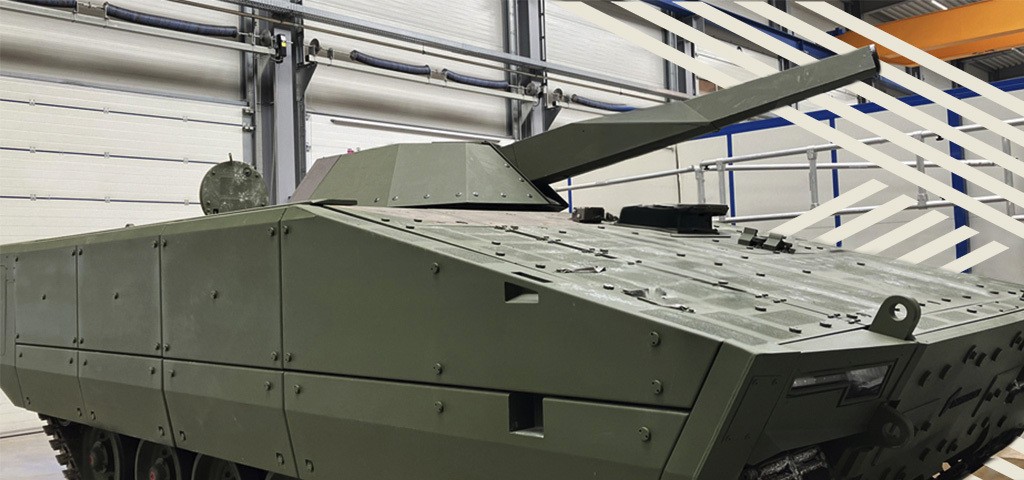
First, let's specify that the Hungarian contract value and delivery timeline remain undisclosed. The journalists point out that the successful test integration of the NEMO turret with the KF41 Lynx, completed in fall 2024, gave the push to start implementing the project.
The NEMO mortar module is an advanced system featuring the Multiple Rounds Simultaneous Impact capability, allowing a volley of shots fired at different trajectories in quick succession to reach the target at the same time. With a maximum range of fire of 10 kilometers, and a top rate of fire of 10 rounds per minute, the mortar can take up to 50 or 60 rounds of ammunition on a mission.
However, the slow pace of KF41 Lynx deliveries to Hungary raises a logical question of whether exchanging infantry support vehicles for artillery systems is expedient. In late January 2025, the Hungarian army only had one battalion of 45 infantry fighting vehicles of this type, after 4.5 years since the acquisition contract was signed for 218 vehicles total, in various configurations.
Against this background, it seems advisable to first saturate the troops with an adequate number of IFVs, and only then move on to specialized options. However, the Hungarians themselves might look at this from a different angle: the severe artillery capability gap must be bridged in the shortest possible time and most affordable way.
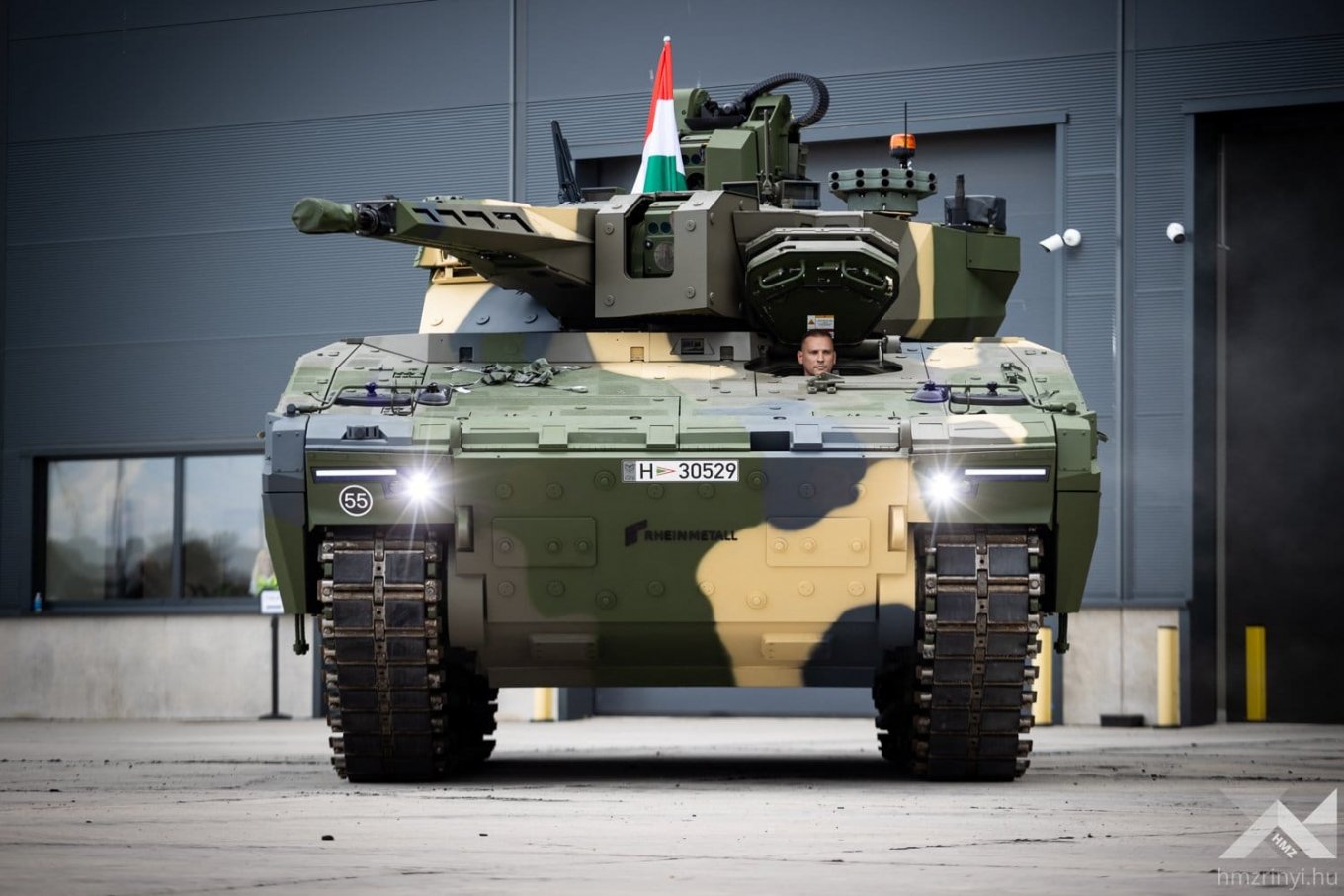
The Military Balance 2024 reference book tells us that the Hungarian Defense Forces possessed only 71 artillery systems in general, including 21 PzH 2000 self-propelled guns and 50 M-37 towed 82mm mortars as of last year. Meanwhile, the IFV fleet comprised 128 units, including 120 BTR-80A/AM vehicles and 8+ KF41 Lynx at that time, meaning the combined number should have reached over 165 infantry fighting vehicles by now.
In this situation, prioritizing mortars over combat vehicles as platforms for self-propelled mortars may be seen by Hungary as a reasonable sacrifice.
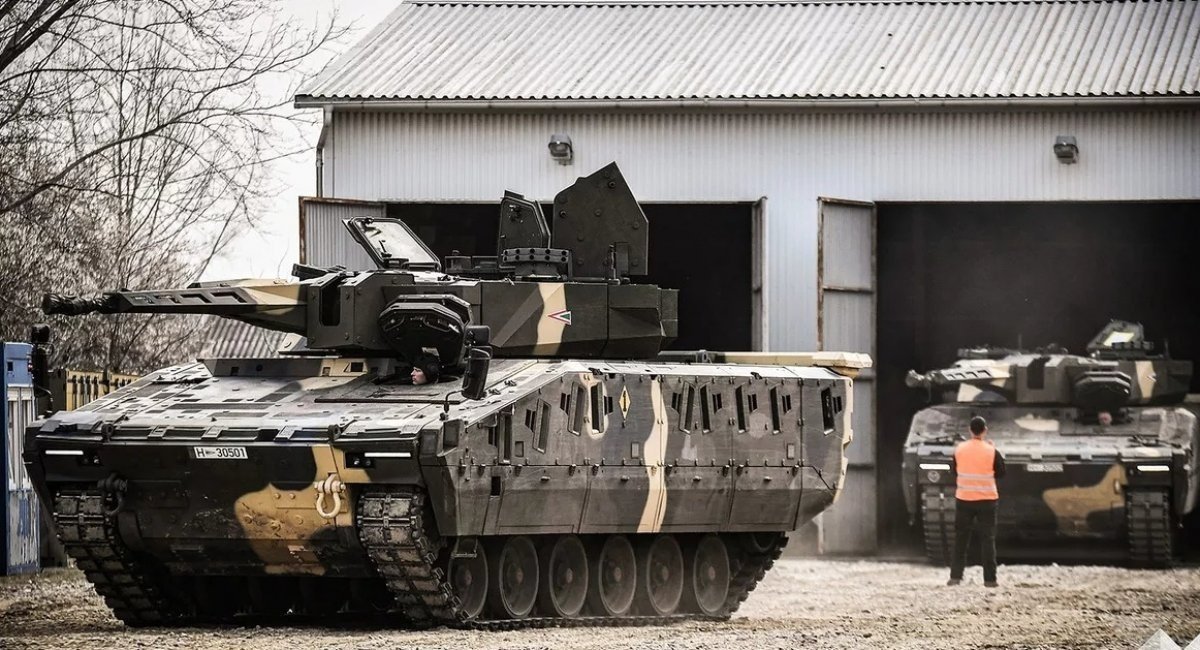
Read more: Why the Transfer of 86 T-72 Tanks from the Czech Republic to Ukraine Took More Than Two Years - and What This Reveals




